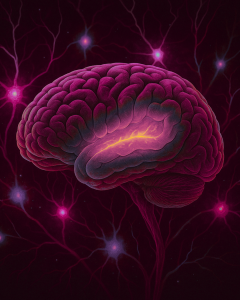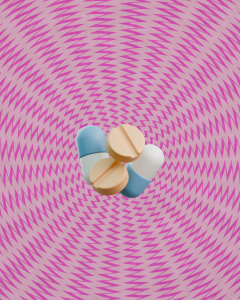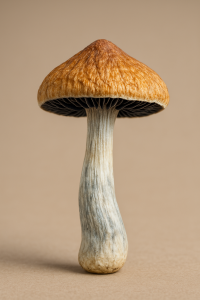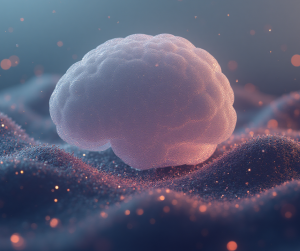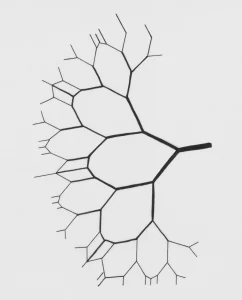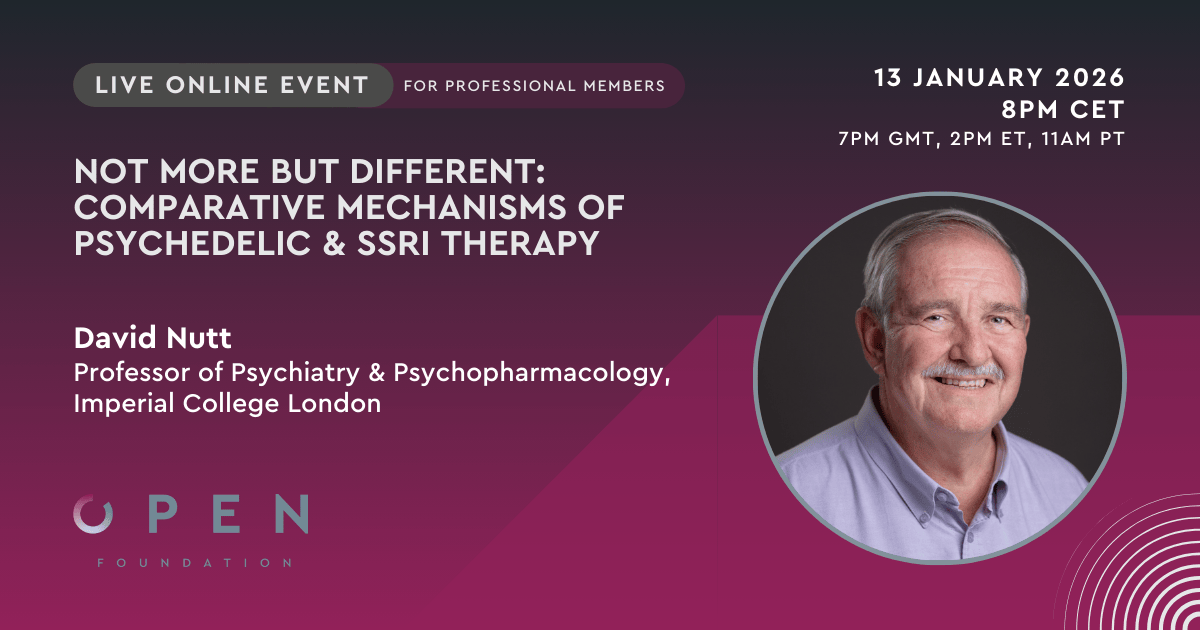Abstract
Ayahuasca is a medicinal plant mixture utilized by indigenous peoples throughout the Amazon River basin for healing purposes. The “vine of the soul” or “vine of death,” as it is known in South America, contains a combination of monoamine oxidase inhibitors and N,N-dimethyltryptamine (DMT). When ingested together, these medicines produce profound alterations in consciousness. Increasingly, ayahuasca is being utilized to treat addictions. However, the mechanism of action by which ayahuasca treats addictions remains unclear. We offer four hypotheses to explain possible biochemical, physiological, psychological, and transcendent mechanisms by which ayahuasca may exert its anti-addiction effects.
Liester, M. B., & Prickett, J. I. (2012). Hypotheses regarding the mechanisms of ayahuasca in the treatment of addictions. Journal of psychoactive drugs, 44(3), 200-208. 10.1080/02791072.2012.704590
Link to full text

